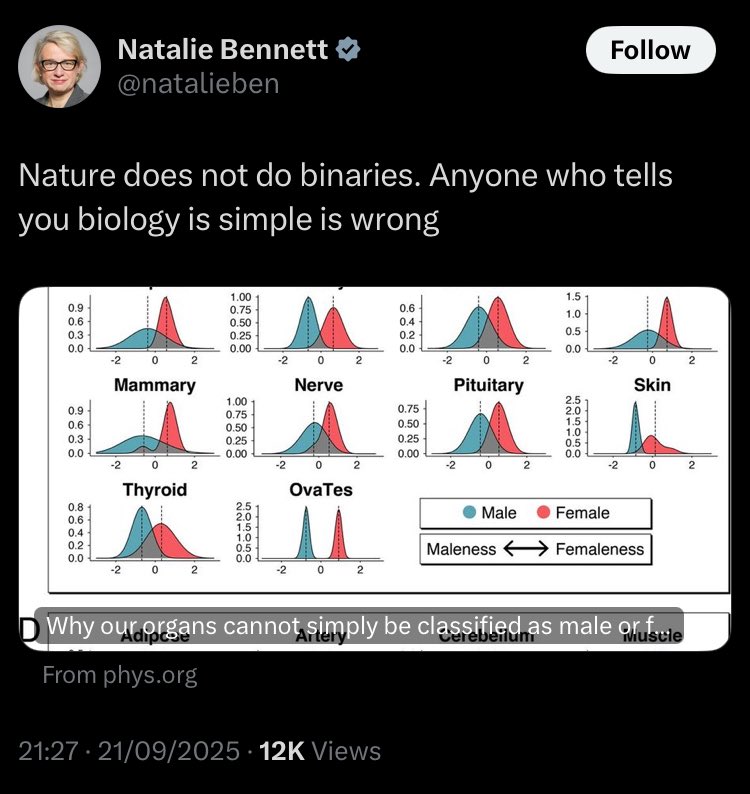Unpopular opinion incoming.
A matter of months ago, the NHS were advising that puberty blockers were reversible.
It is not unreasonable for the average person to take this on authority and to share this as an authority view.
A matter of months ago, the NHS were advising that puberty blockers were reversible.
It is not unreasonable for the average person to take this on authority and to share this as an authority view.
It is not unreasonable for medics, scientists and other relevant experts to question the NHS advice on puberty blockers, and to draw attention to inaccuracies or misrepresentations.
It is not unreasonable for the NHS to alter or update their advice on puberty blockers after a fuller assessment of the evidence laid before them.
It is not unreasonable for those people who rely on the NHS as an authority opinion to remove/alter what they may now consider outdated, inaccurate and/or potentially harmful shared information to reflect more recent medical advice.
I am not blind to the politics and motivations here. And I think it's reasonable to question why people we might expect to "know better" (i.e. to have conducted their own research into puberty blockers) maintained a "party line".
I am simply pointing out that there are many more who simply quoted the NHS medical advice. And that is a perfectly reasonable thing to do.
• • •
Missing some Tweet in this thread? You can try to
force a refresh







